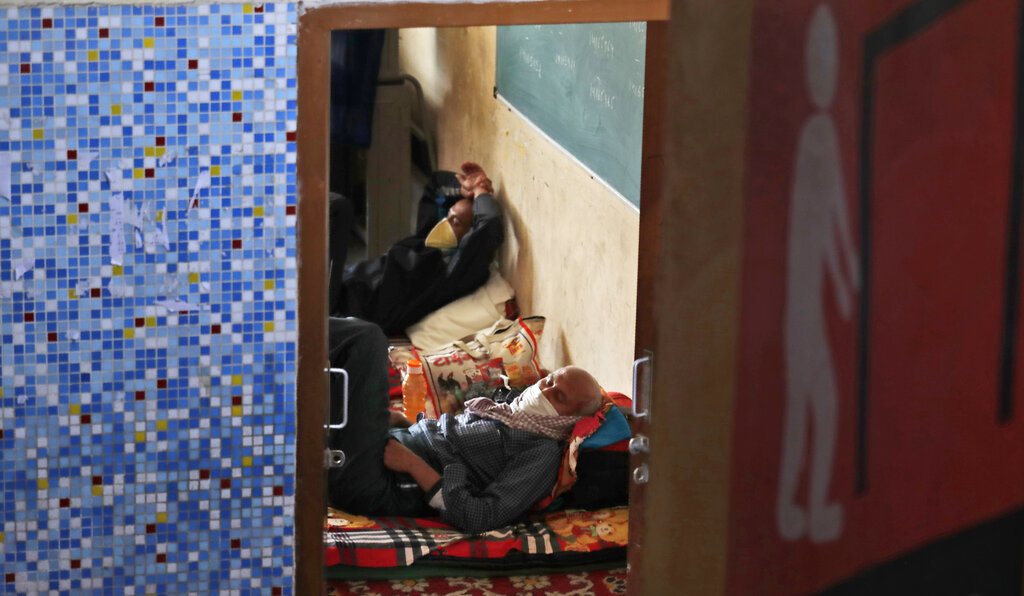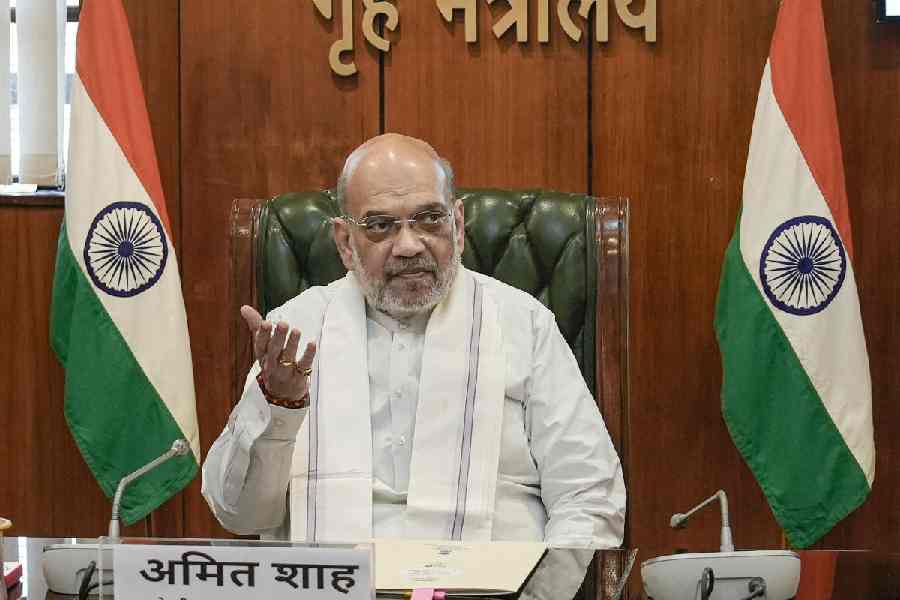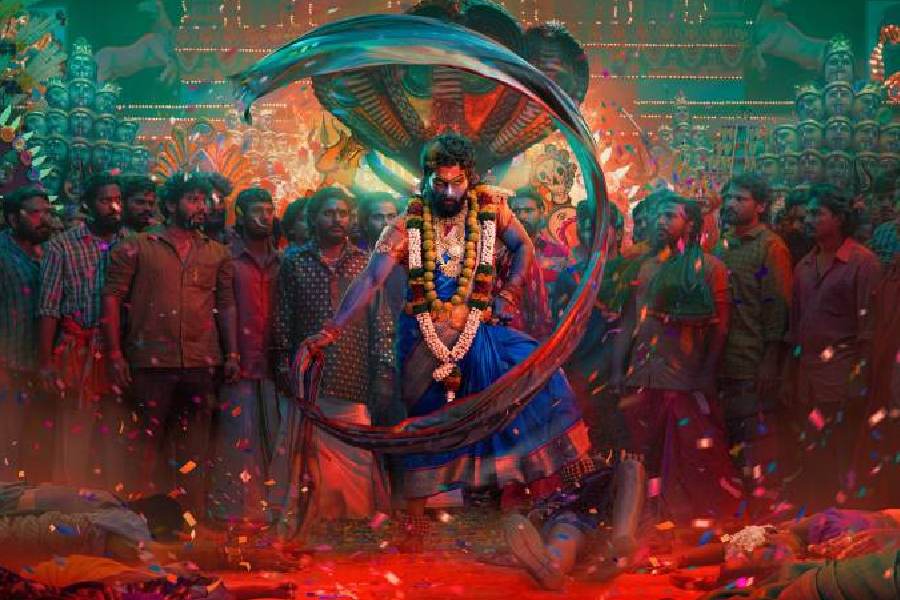Politicians are players in the game of ruling a country. They cannot achieve much in the time they get in power; but being in power has its advantages — it is, in fact, the point of the game — so they promise the people various lollipops. In India, they have for long offered superpowership. But the first one to do so was not a politician; he was an official scientist — Avul Pakir Jainulabdeen Abdul Kalam. In a book he wrote in 1998, he said, “A developed India, by 2020 or even earlier is not a dream. It need not even be a mere aspiration in the minds of many Indians. It is a mission we can all take up and accomplish.” He predicted elimination of poverty by 2007/08; it has not been still. The prime minister, Atal Bihari Vajpayee, promised to make India a developed nation by 2020; it is still some way away.
For over two decades, the share of industry in gross domestic product has stagnated at around a quarter. India’s import dependence had been growing, especially in capital goods industries; so had its dependence in technology, as measured by payments of royalties and licence fees. The hope that India would become a digital superpower was also dashed. So in 2011, the Congress government brought out the national manufacturing policy, intended to raise manufacture’s share in the GDP to at least 25 per cent by 2022 and create 100 million jobs.
Then, the Bharatiya Janata Party swept the polls in May 2014; it largely took over the Congress government’s plan, without acknowledging its predecessor’s contribution. Narendra Modi, who had made his name as chief minister of Gujarat, moved into forever-closed Race Course Road, renamed Lok Kalyan Marg. Four months later, Nirmala Sitharaman, then minister of commerce and industry, drew a lion made of steel nuts, rivets and so on for a logo, assembled the business leaders of India, and gave them an outline of the Make in India programme aimed at raising the share of industry in India’s GDP to 25 per cent by attracting foreign investment. They turned up in numbers; the prime minister, who gave the final speech, apologized when he saw grandees standing at the back since there were no seats. As always, his speech was in Hindi, but it was interspersed with concepts and slogans in English, including the now famous “Make in India”. He said India was once a bird of gold. Then it lost its leading position because Indians were enslaved. Now that they were free, they would fly again.
He said that whenever he met Indian businessmen in the previous couple of years, they told him they wanted to leave India. They had lost self-confidence; they found government policies unpredictable, and government agencies like the Central Bureau of Investigation oppressive. He wanted to re-establish their trust in government: if they were required to have corporate social responsibility, the government should also accept corporate government responsibility. He turned FDI or foreign direct investment into a new slogan — First Develop India. To grow, industry needed security; the government would give it security and predictability. India was 135th in the Ease of Doing Business; he would raise it to the 50th place.
Industrialists complained of the lack of skilled manpower. He said he would give over Industrial Training Institutes to them, and let them train their own manpower. He encouraged them to use India’s young people. He invited them to develop roads, ports, airports, warehouses, cold storages, solar energy, and tourism through public-private partnerships.
The Centre might take decisions, but they had to be implemented in the states. He called the chief ministers, asked them to work together, and asked if they wanted any help from the Centre. He told the foreign ministry to promote exports. He made banks open more than 40 million zero balance accounts; poor people deposited Rs 15 billion in them. He promised in the end to take the responsibility of doing whatever it took to Make in India. Briefly, he took ownership of the Congress industrialization plan. He also took the view that industry had been held back by the previous government, and promised to give them all support.
With that objective in view, the ministry of industry drew a lion of steel. It set up an investor facilitation cell. It opened defence industries, infrastructure, single-brand retail and so on to foreign direct investment. It created departments to assist Japanese and Korean firms to invest in India, and called them Japan Plus and Korea Plus. With so much activity, “the world’s largest democracy is well on its way to becoming the world’s most powerful economy”, in the words of the department for promotion of industry and internal trade.
That was almost six years ago. Recently, R. Nagaraj of the Indira Gandhi Institute of Development Research, took a look, and found that the lion had failed to roar. The share of manufacturing and industry in GDP was about the same in 2018 as it had been in 2013 — and 1991. Industrial capacity utilization touched a peak of 80 per cent in 2013. Then it started falling; by the middle of 2018, it was close to 74 per cent. Investment and savings were about 34 per cent of GDP in 2013; by 2016 they had fallen to about 31 per cent. India’s rank in World Bank’s Ease of Doing Business table improved from 142 in 2015 to 100 in 2018. But that was because the World Bank had changed the methodology of calculating the index; if one followed the old methodology, India’s rank in 2018 was 114 — the same as in 2013. Michelle Bachelet, the socialist president of Chile for a while, pointed out that Chile’s Ease of Doing Business ranking went down when she assumed presidency, and improved as soon as she left; the methodology of calculating EDI was sensitive to her political fortunes. And investors did not base their decision on Ease of Doing Business rankings: Russia had improved its rank, but attracted no greater foreign investment; China, whose rankings were low, continued to attract enormous investment. India’s own rank improved after 2014-15, but net FDI inflows changed little.
Quarterly GDP growth was 6 per cent at the end of 2014. It rose to a record 9.4 per cent by the middle of 2016, then fell to 6 per cent a year later. Then it rose to 8 per cent at the beginning of 2018, after which it fell like a waterfall to 4.5 per cent in the third quarter of 2019. Industrial growth exceeded 5 per cent in most of 2018, but has since then been close to zero. All that macroeconomic stuff can be forgotten while the coronavirus rages; politicians can keep busy keeping people at a social distance and making them wash their hands. But some day, it will be overcome; then they can return with promises to make India a superpower — by the next general election. Will they be credible? They do not have to be; people know it is their fashion to make promises. We have adopted a political formula which brings parties to power with just a third of the votes; so they only have to capture enough constituencies. On with the game!











